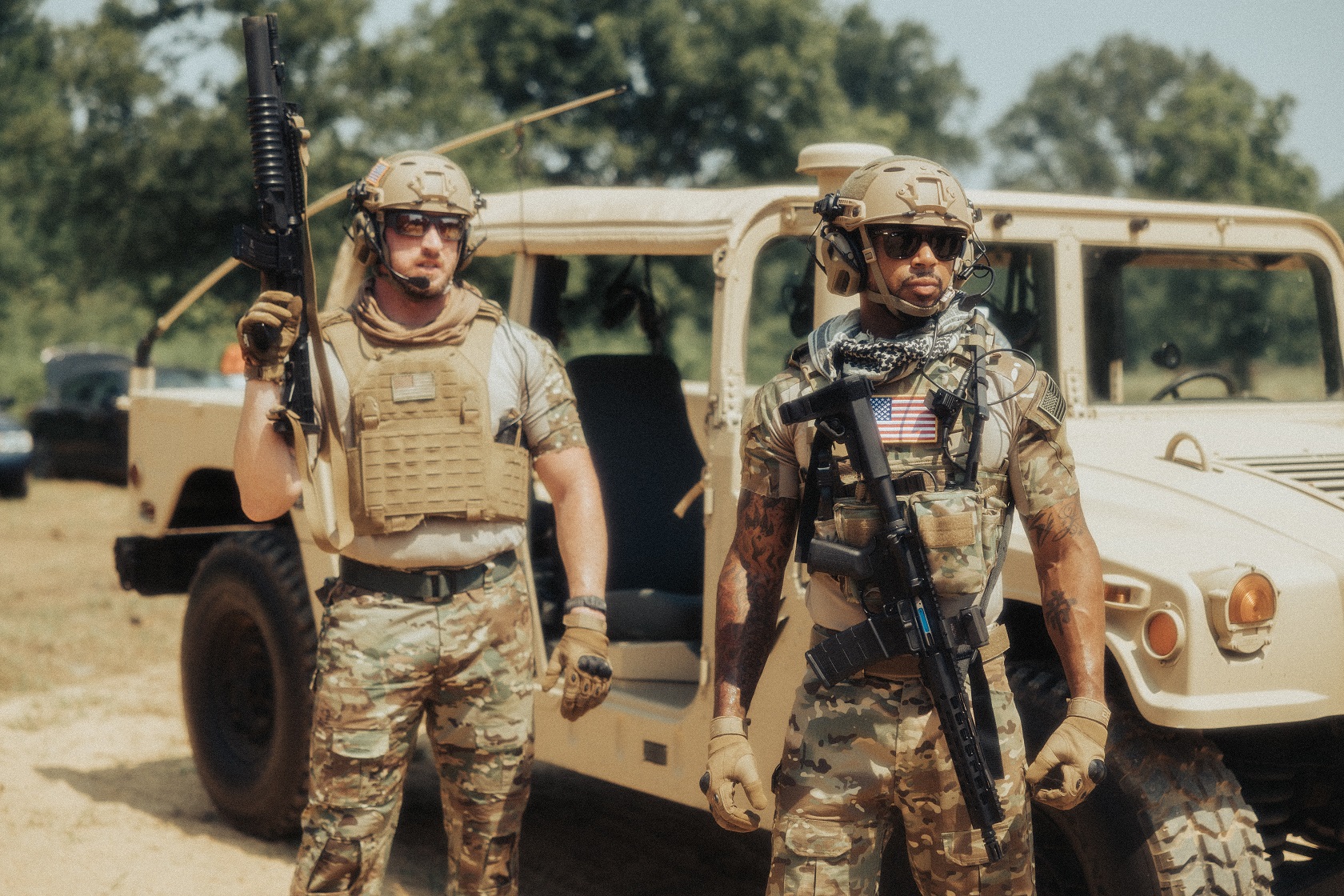Ballistic Resistance of Concealable Body Armor for Military and Law Enforcement

Body armor is a vital part of every military, law enforcement, and security personnel’s uniform. In today’s world, where threats to safety are varied and unpredictable, only having a weapon is not enough. The protection provided by the best concealable body armor is necessary to keep our defenders safe while on duty. The ballistic resistance of concealable body armor is a key factor that determines how effective it is in protecting the wearer against threats. In this blog post, we will delve into what makes the best concealable body armor and what to look for when making your purchase.
There are different types of body armor, but concealable vests are the most preferred by military, law enforcement, and security personnel. They are lightweight, comfortable, and can be worn underneath a uniform without detection. The best concealable body armor is made of high-density materials that offer a 360-degree protection area against specific threat levels.
To determine how much ballistic resistance the armor has, it is necessary to understand how the National Institute of Justice (NIJ) ranks threat levels. NIJ Standard-0101.06 establishes five levels of protection in ballistic resistance armor. These levels are determined using rounds of ammunition that are fired at the armor panels. When purchasing concealable body armor, it is important to ensure it meets NIJ standards and can withstand the expected level of threats.
It’s important to note that body armor does not make a wearer impervious to any form of injury or harm. Instead, it slows down the impact of bullets or other projectiles, reducing the impact force and preventing life-threatening injuries. When purchasing concealable body armor, the buyer must consider the different types of bullets and the expected ballistic threats.
Furthermore, concealable body armor must be comfortable and adjustable. The armor should not cause discomfort to any part of the body, and it should not restrict movement or agility. It should fit snugly but not too tight, providing adequate mobility and ventilation. When making your purchase, you should consider the size, weight, and adjustability of the armor.
In conclusion, the ballistic resistance of concealable body armor is a crucial factor to consider when making your purchase. Protective gear is vital for our military, law enforcement, and security personnel while on duty. The armor should meet NIJ standards and provide adequate protection against expected ballistic threats. It should also be comfortable, adjustable, and breathable to ensure the wearer’s optimal mobility and ventilation. Body armor can make all the difference in protecting our courageous defenders and ensuring their safety, and hopefully, this post has provided valuable insights.
For more great articles, please click here.